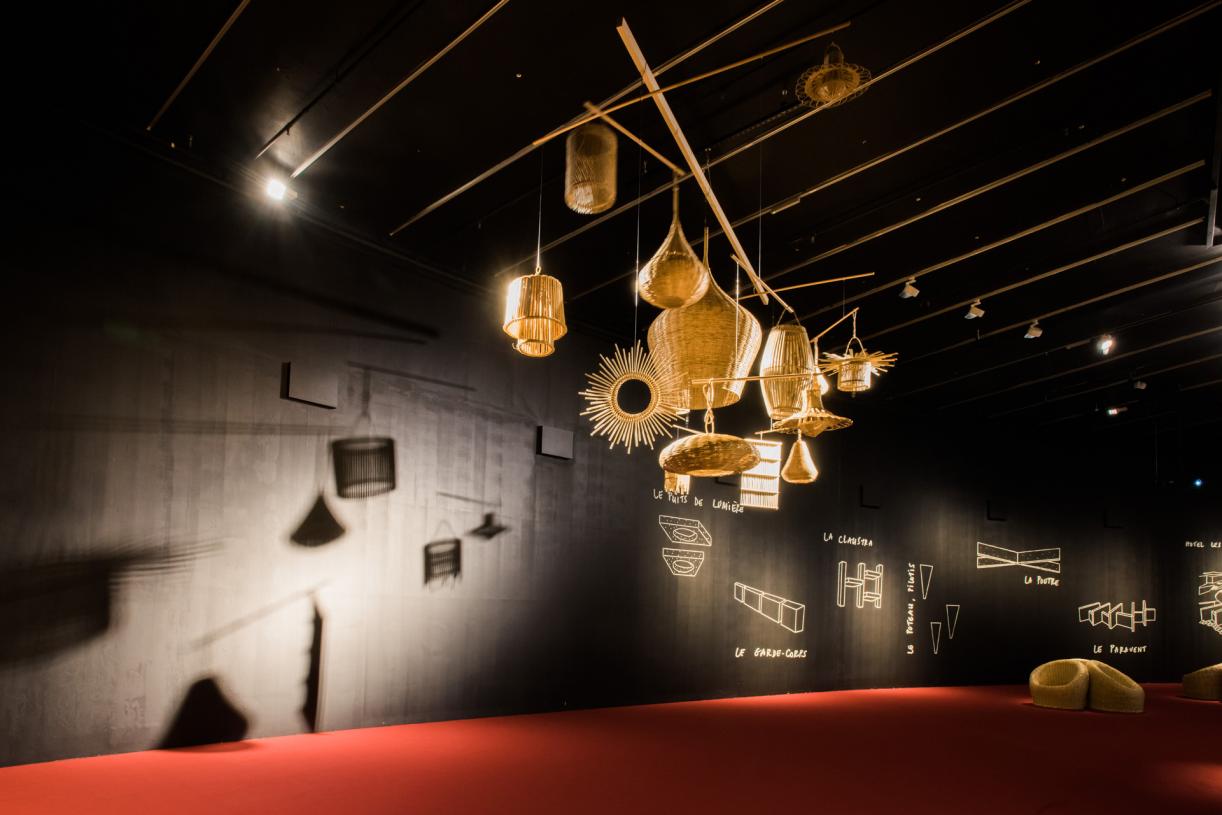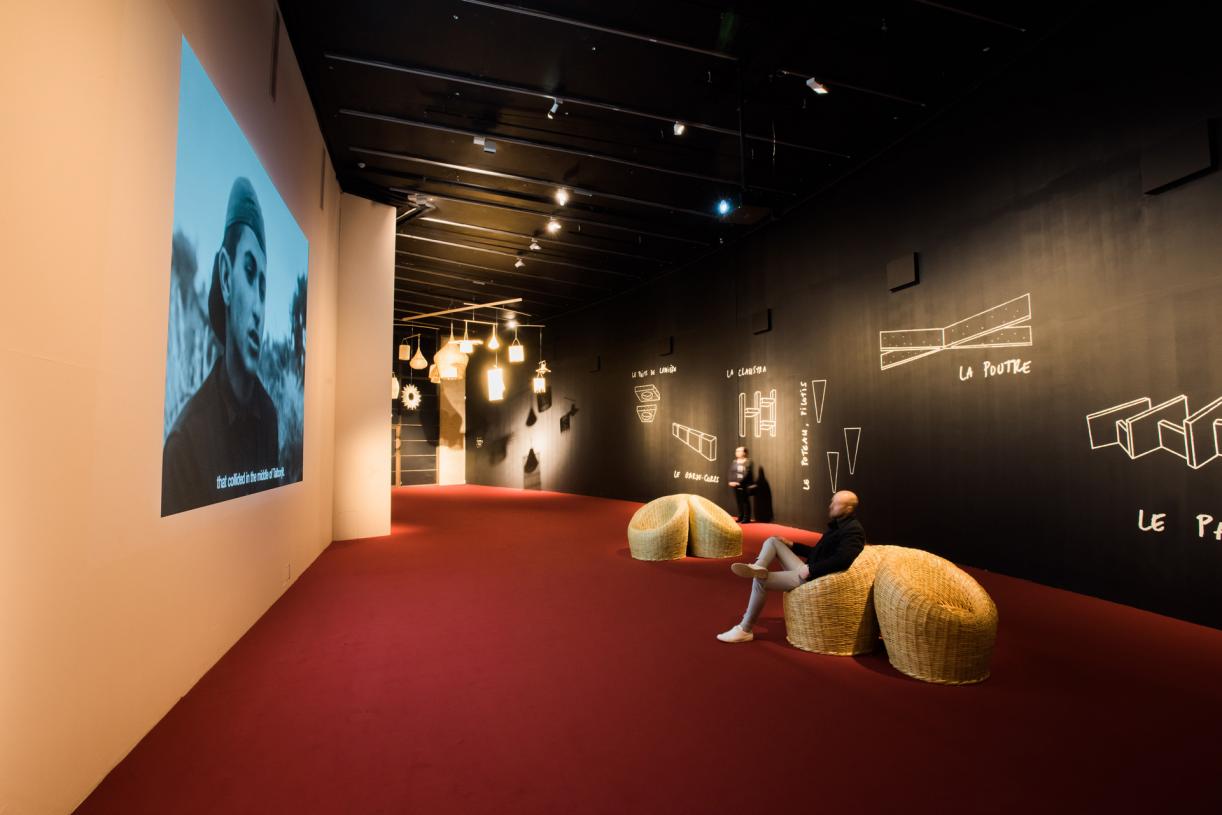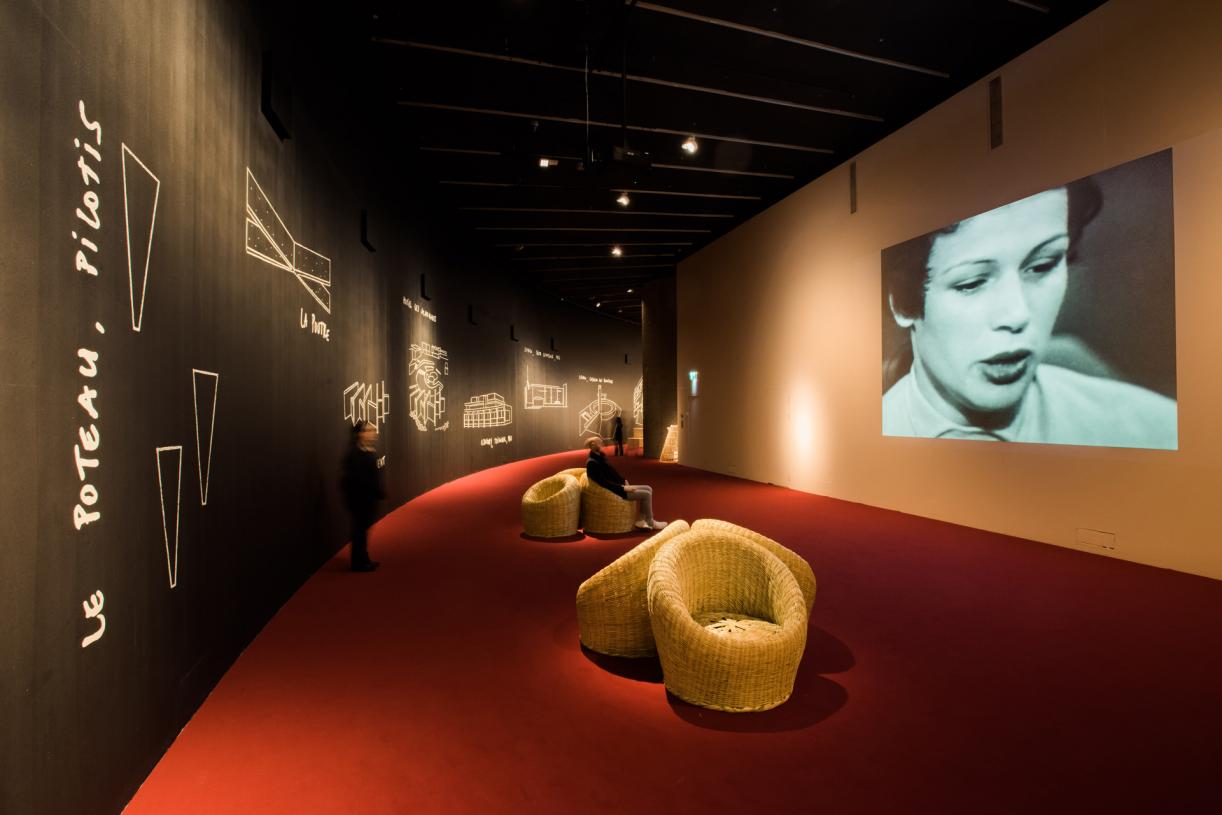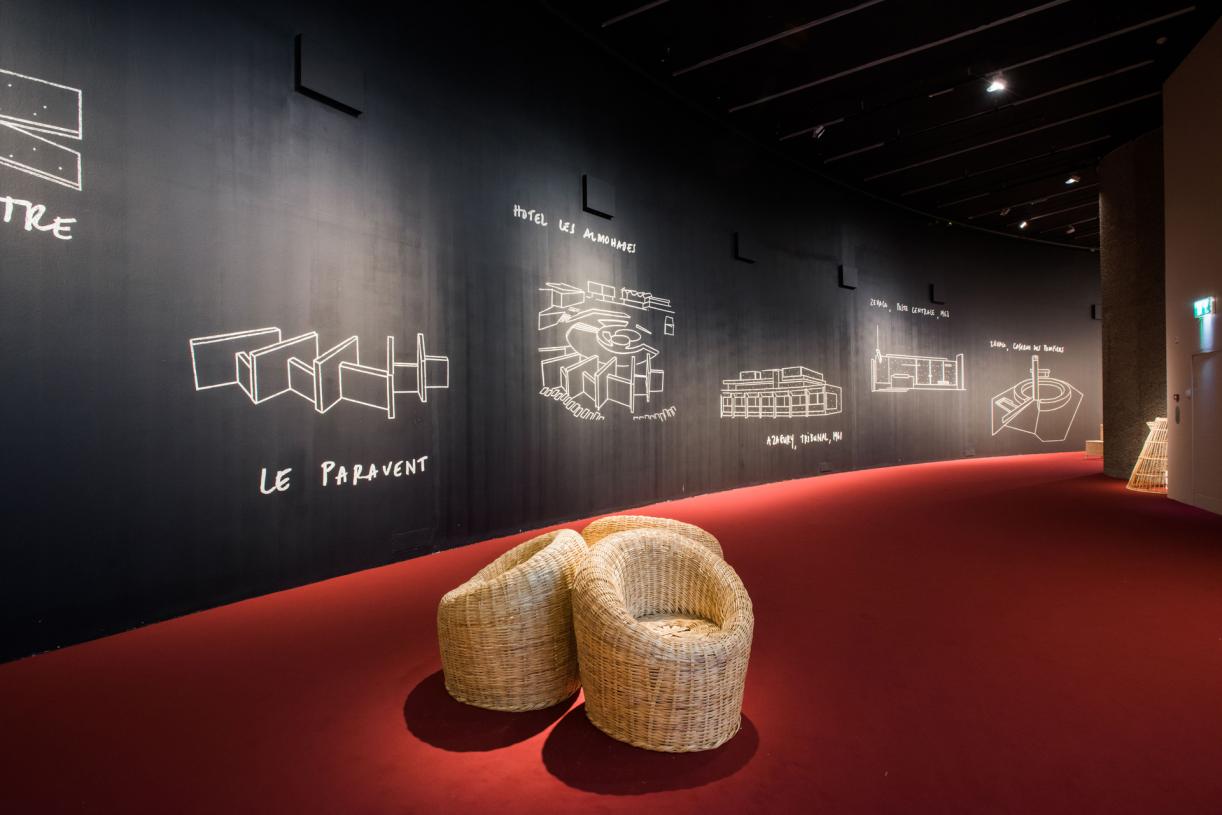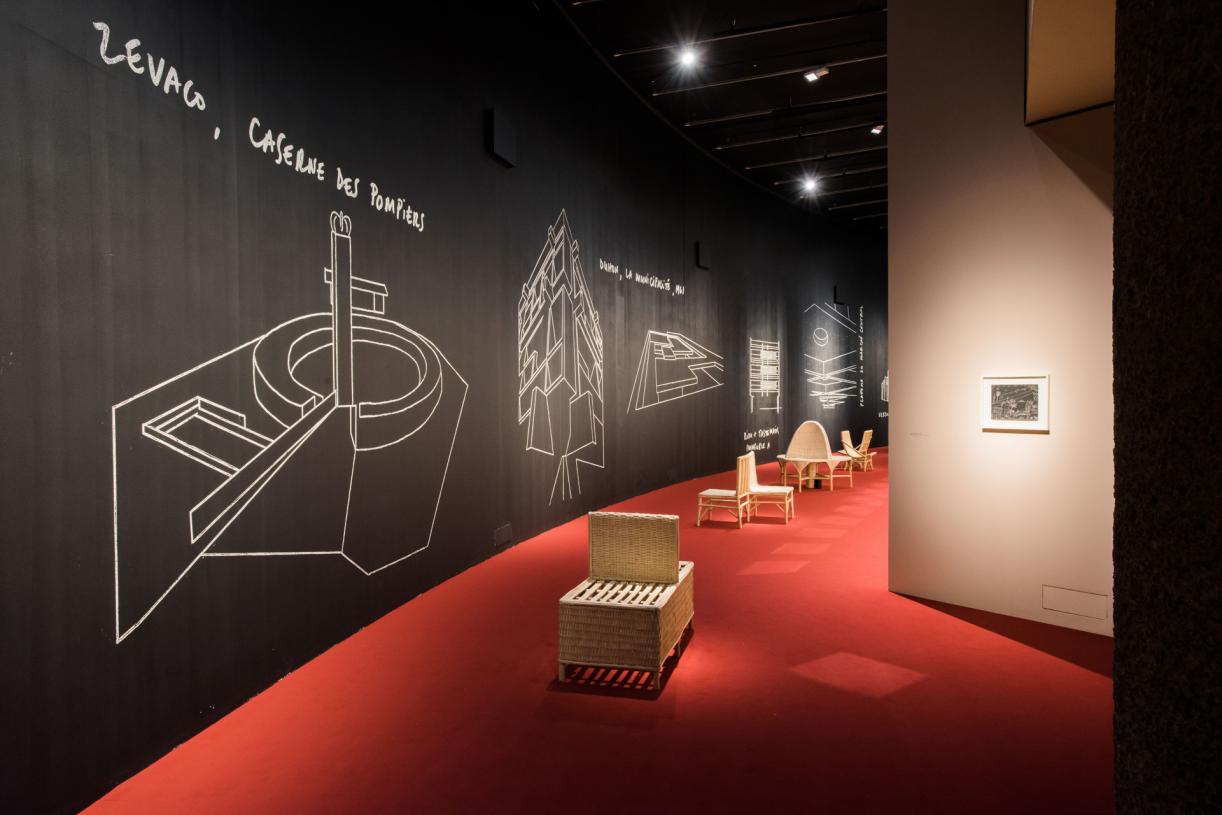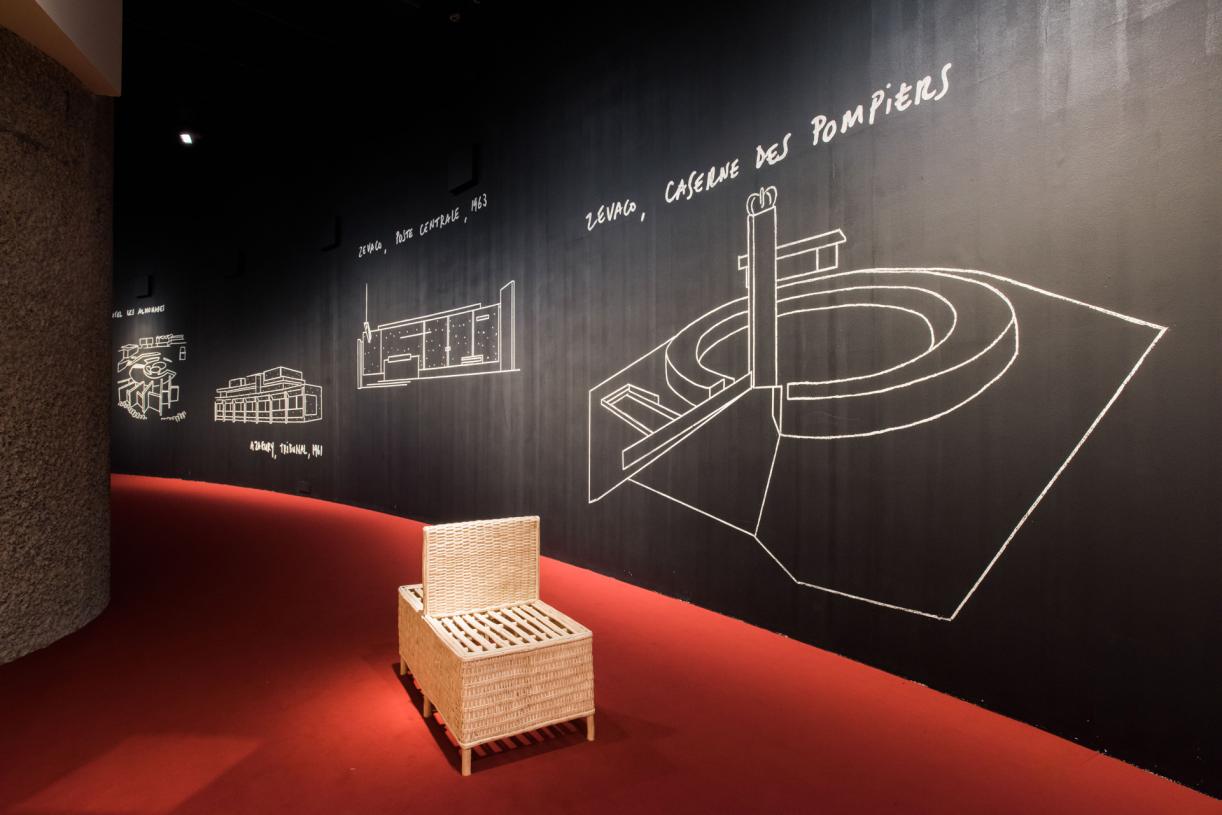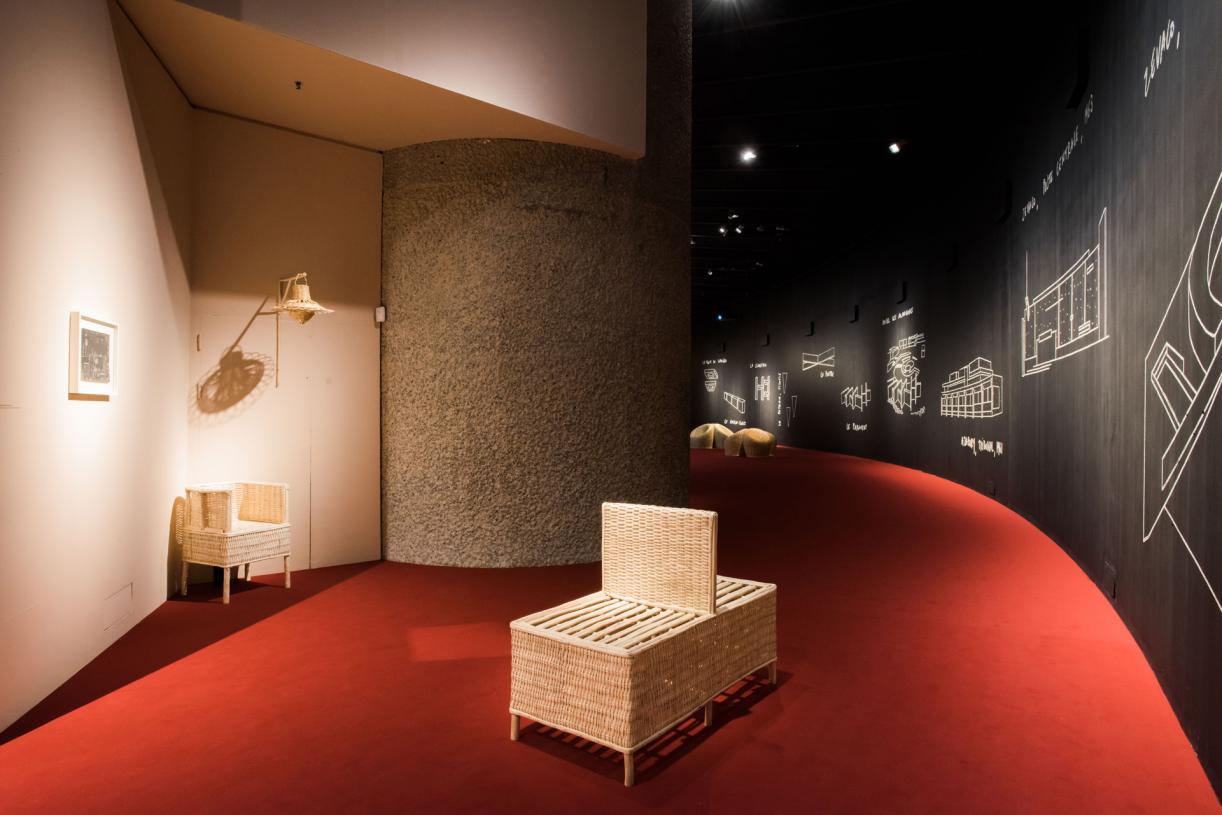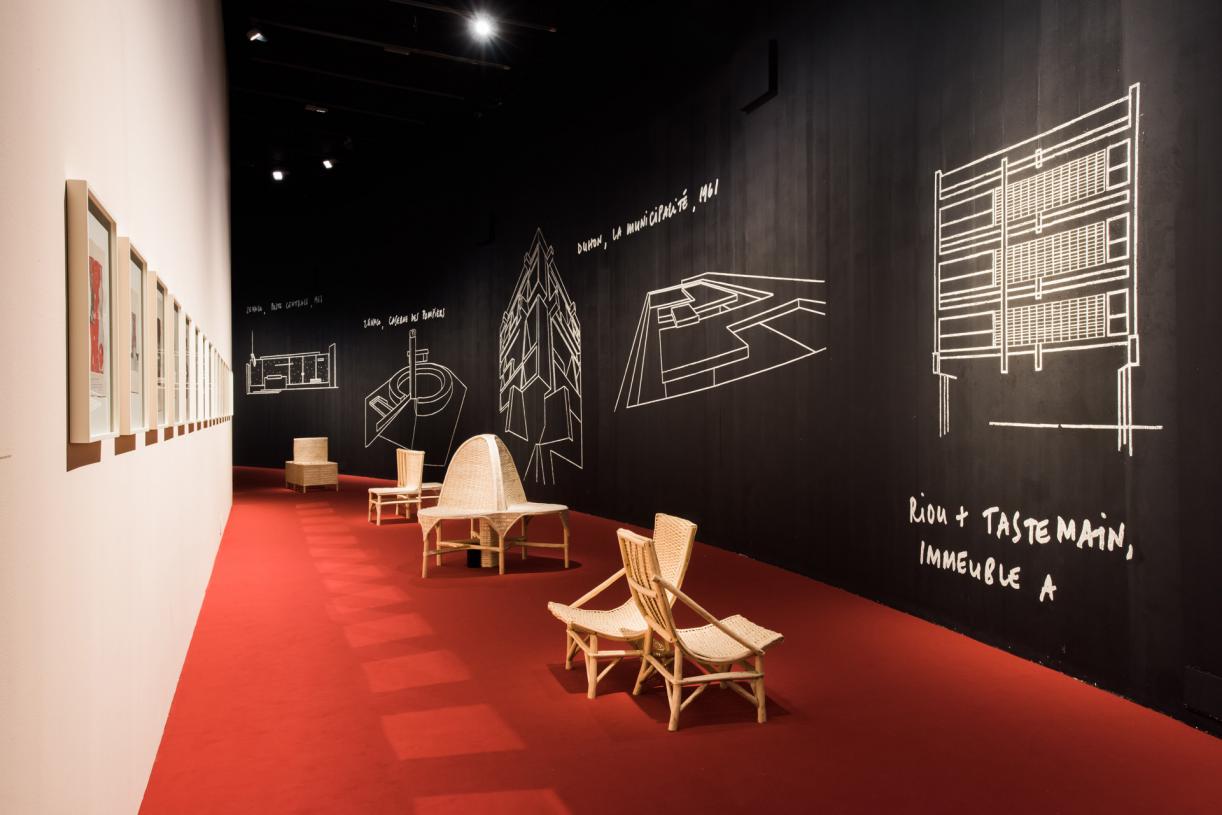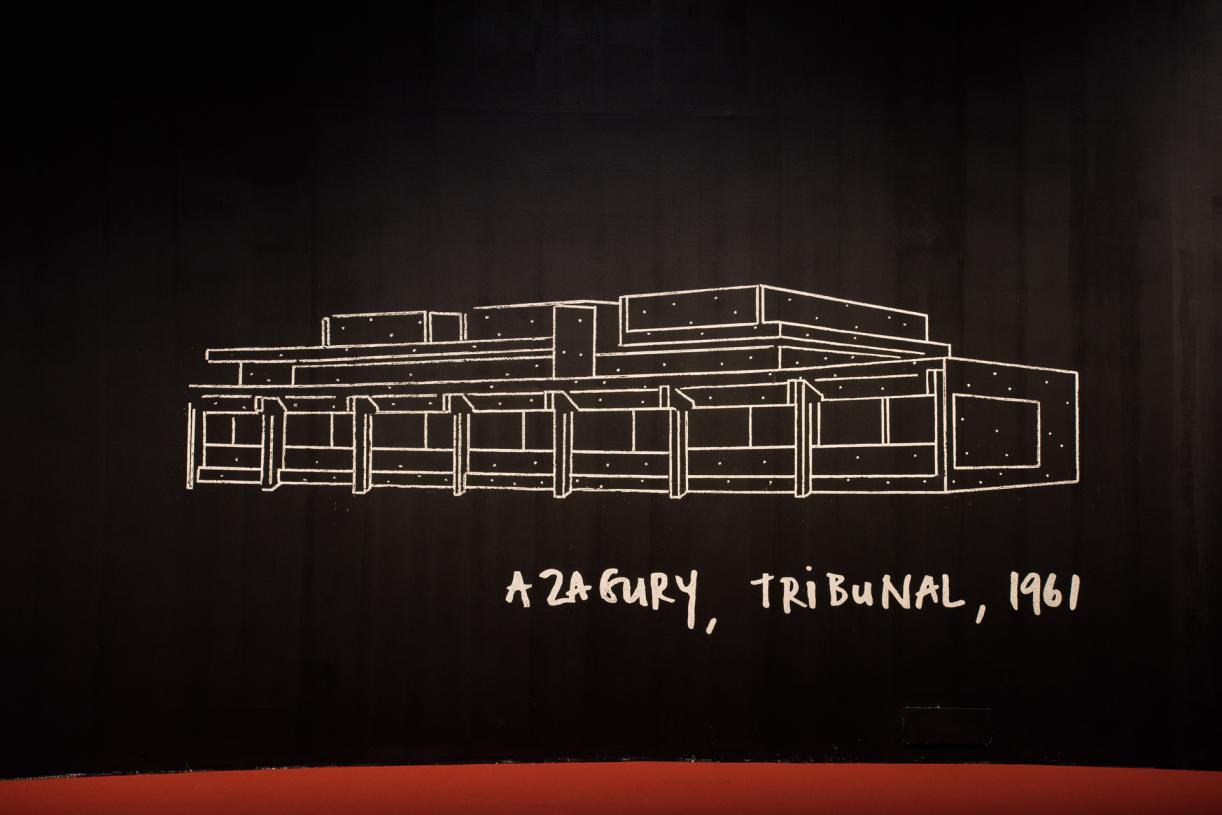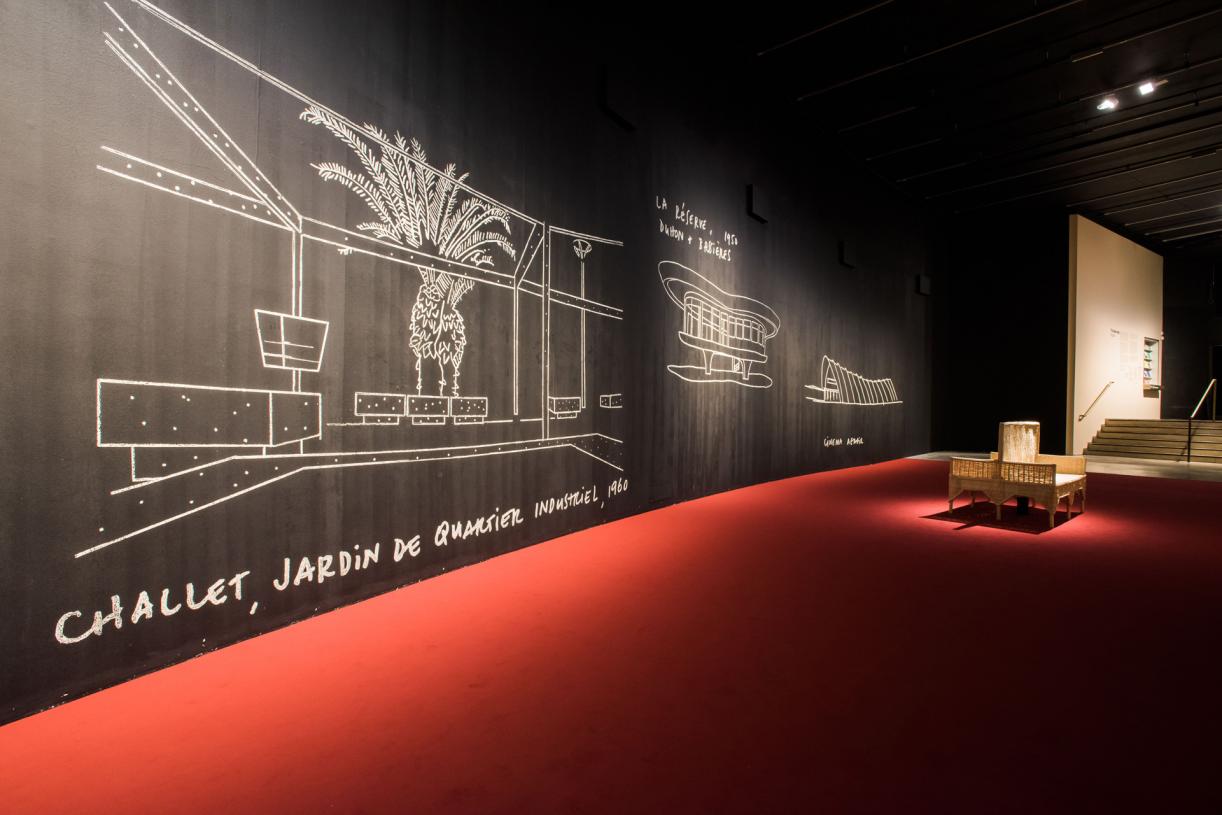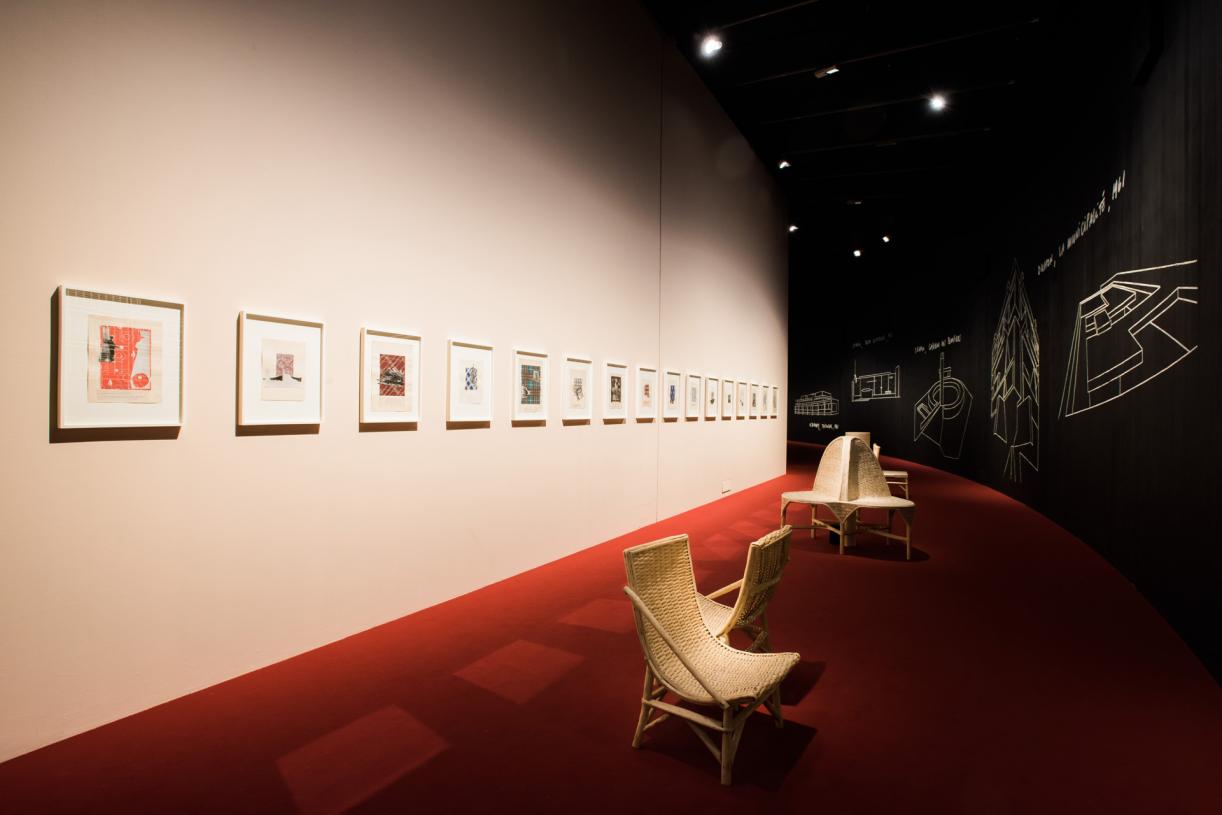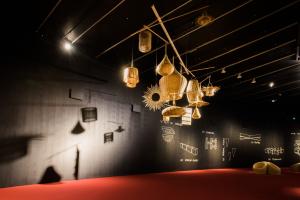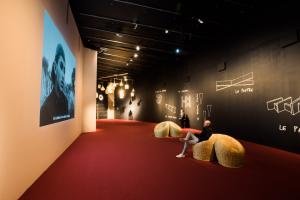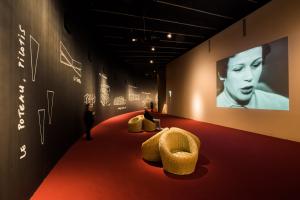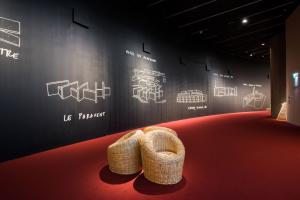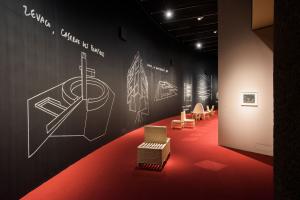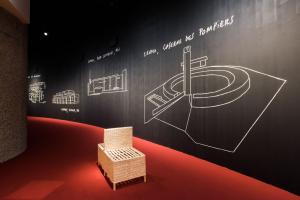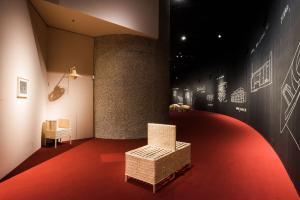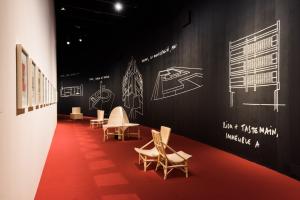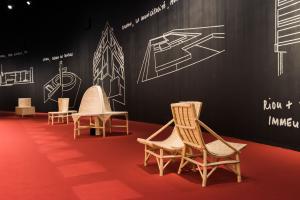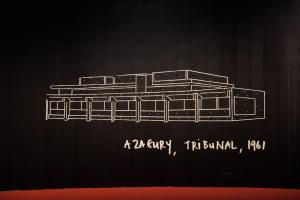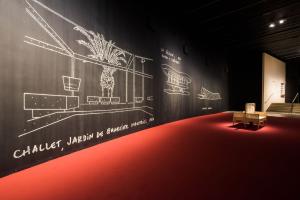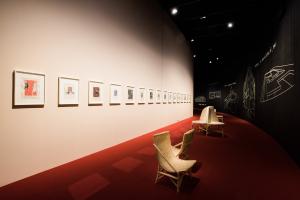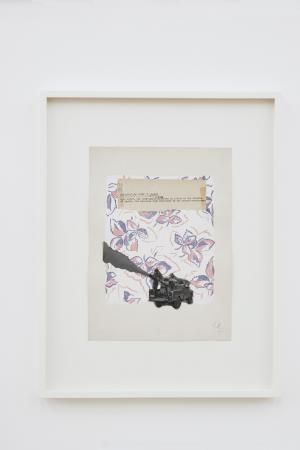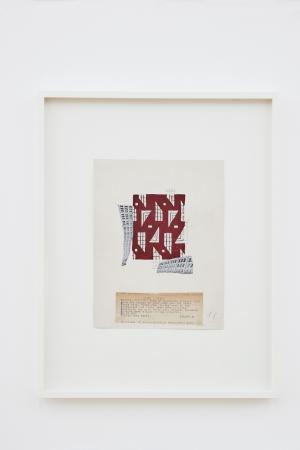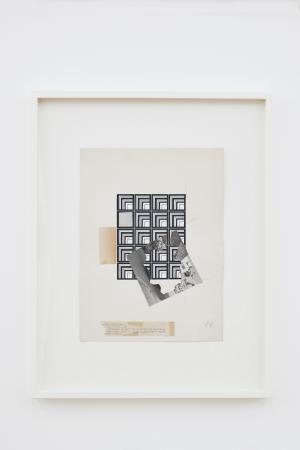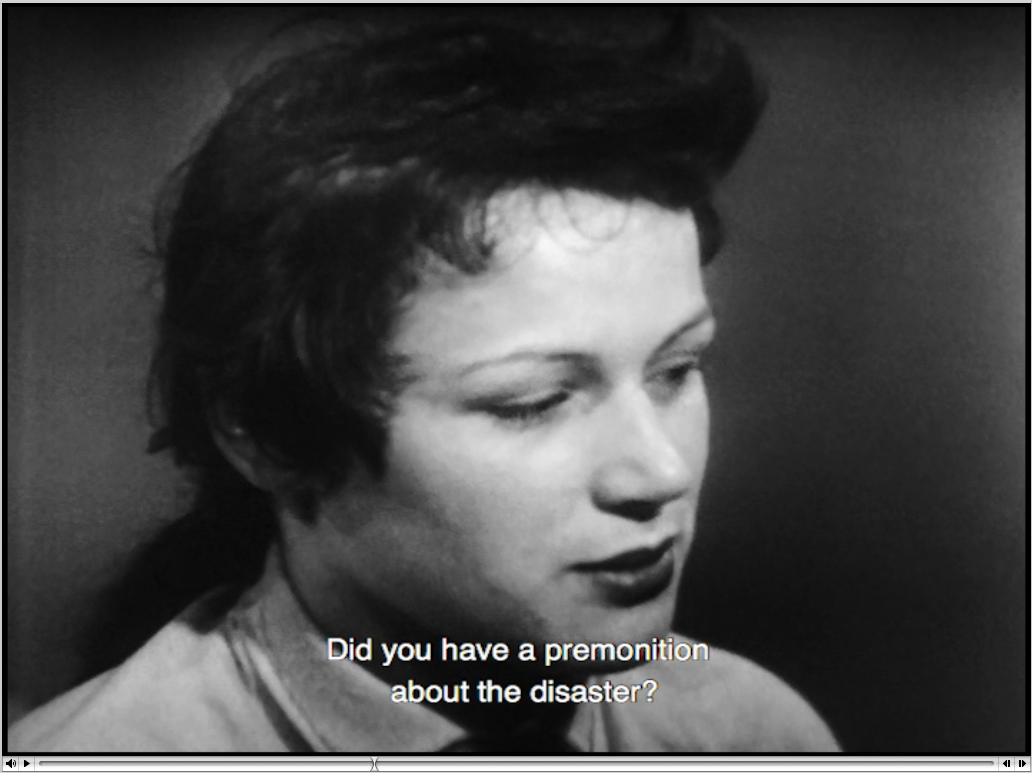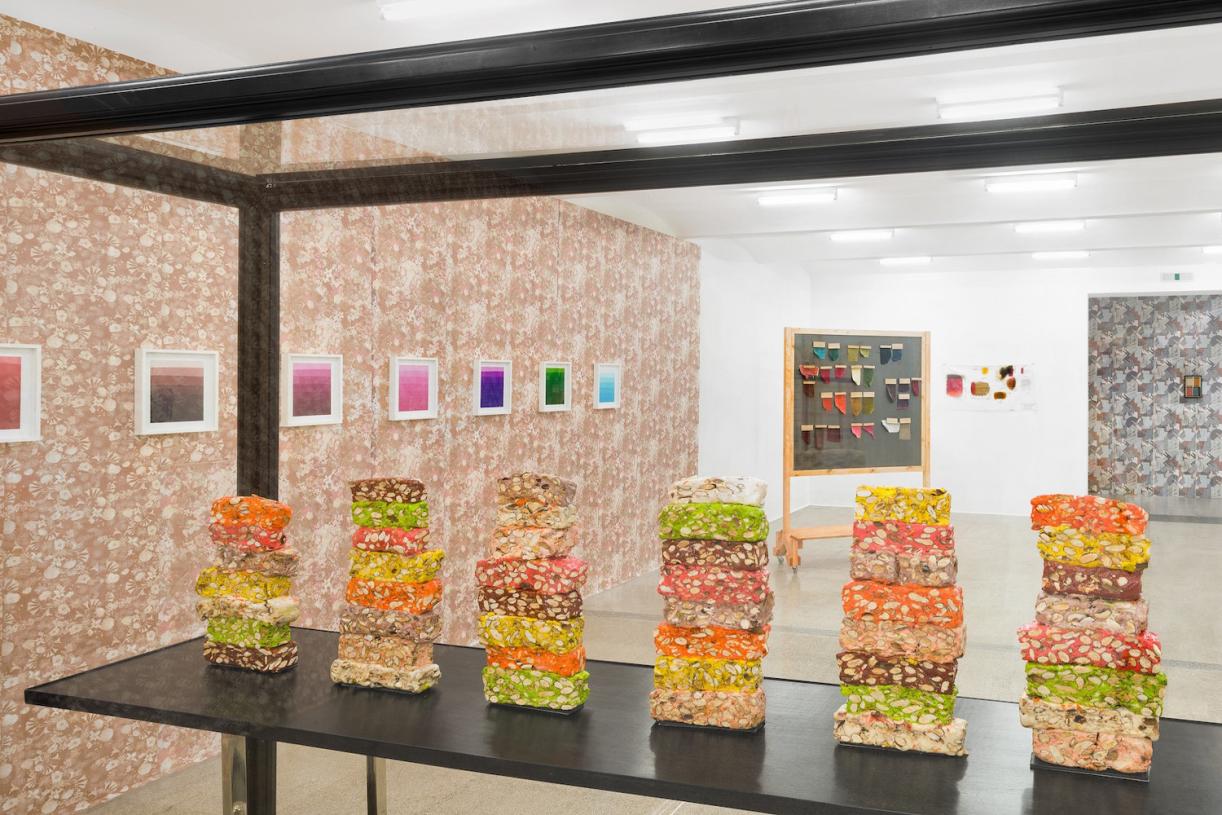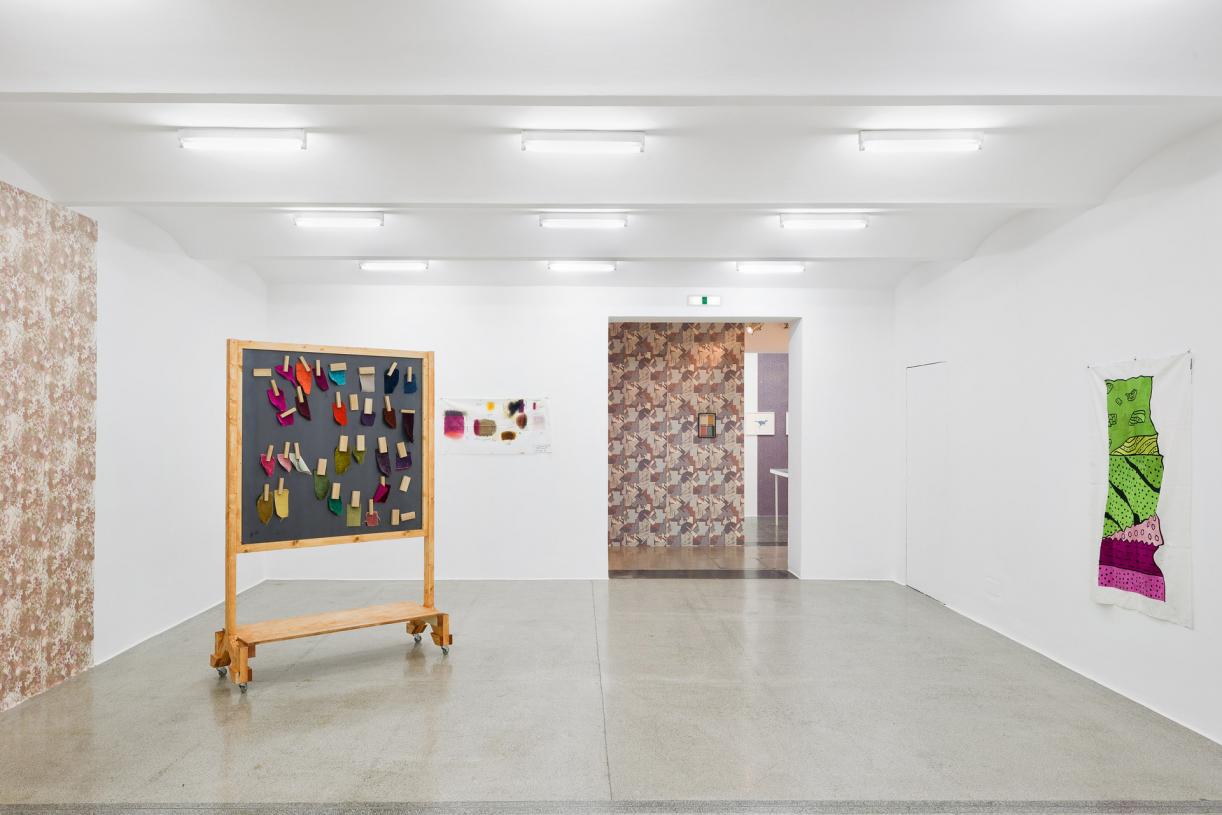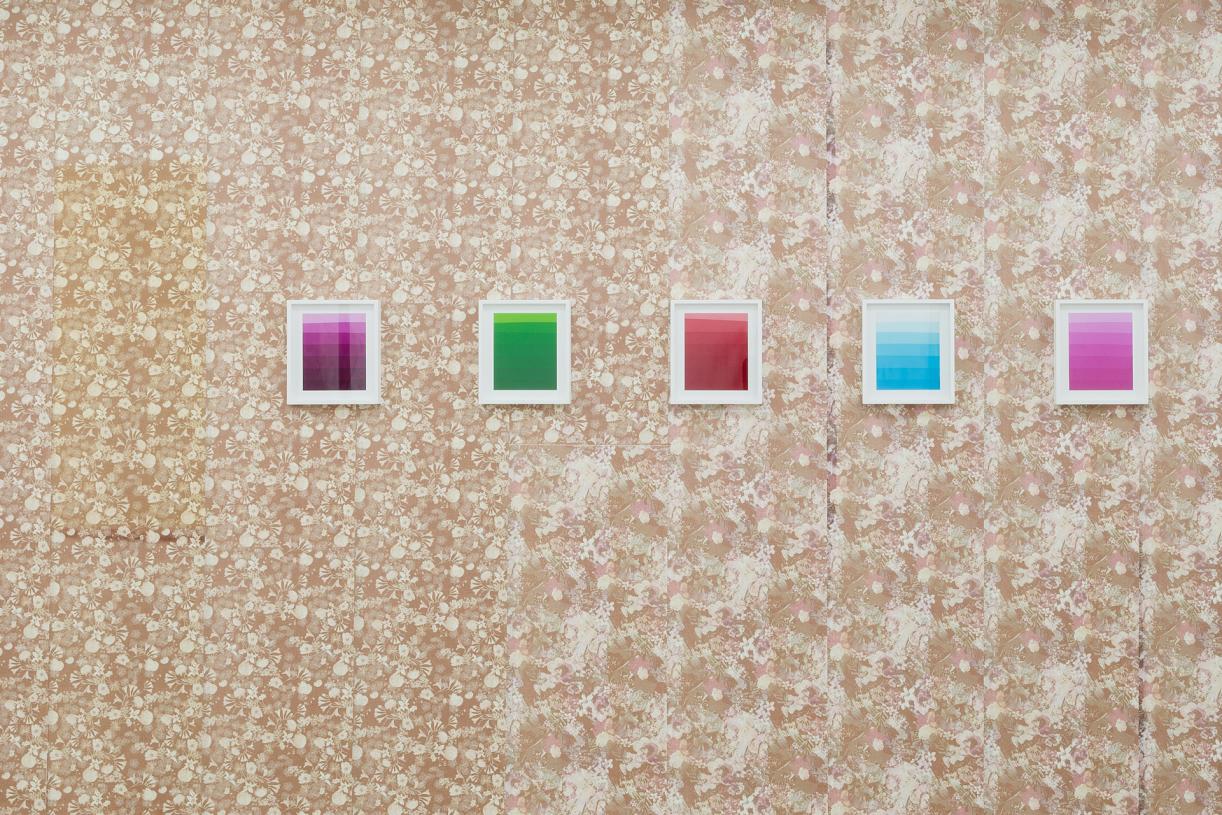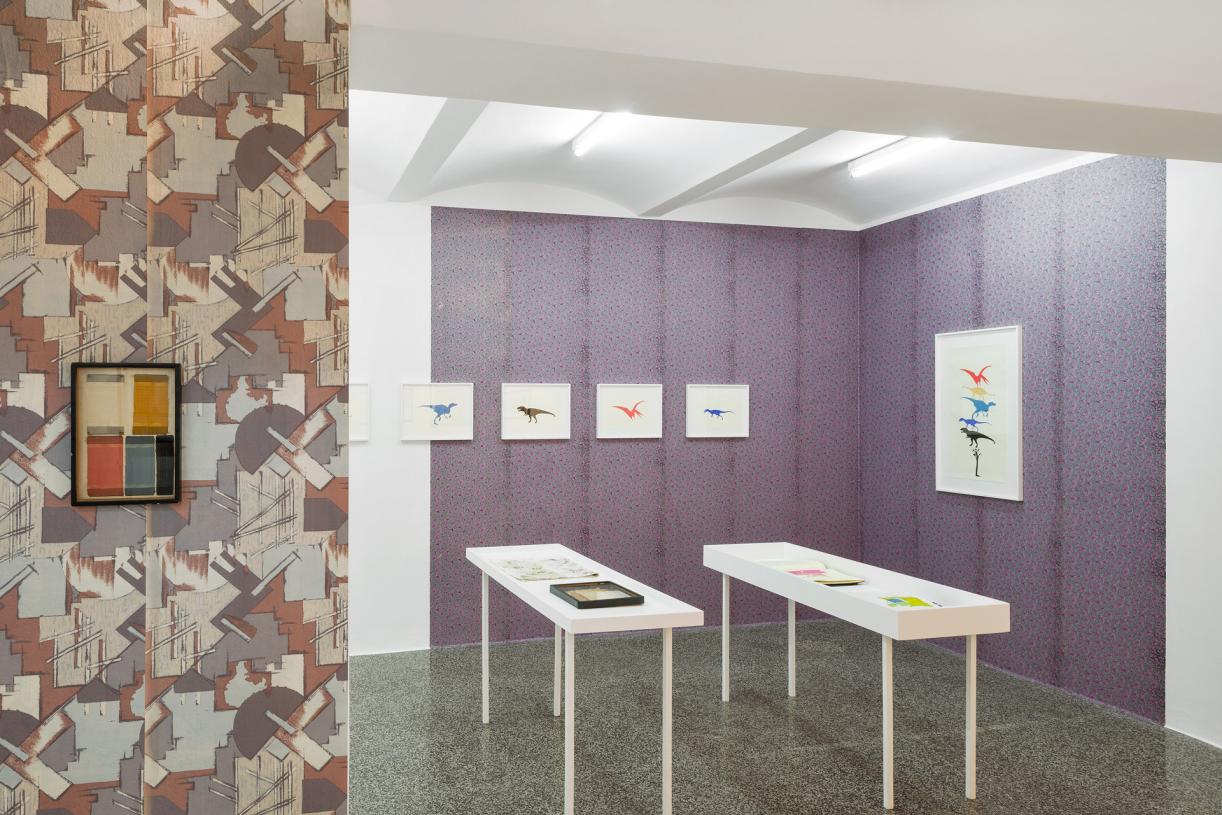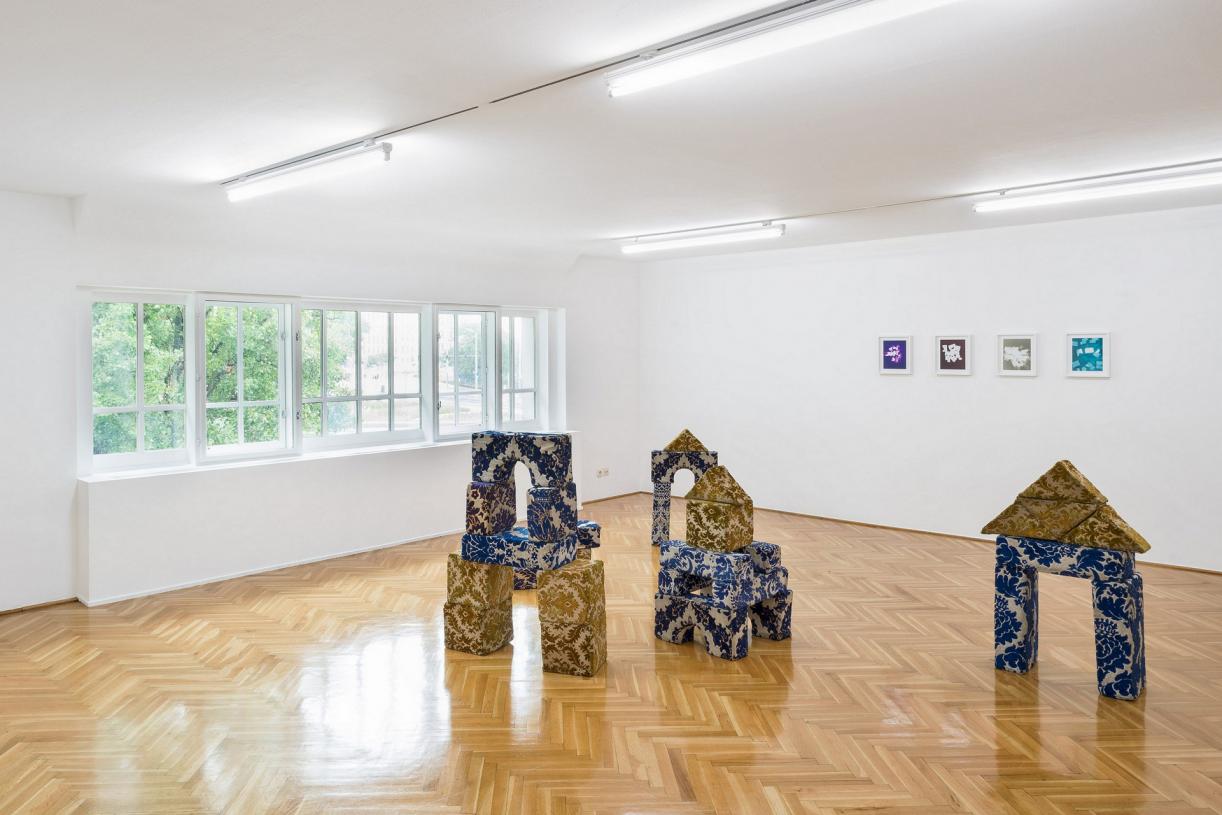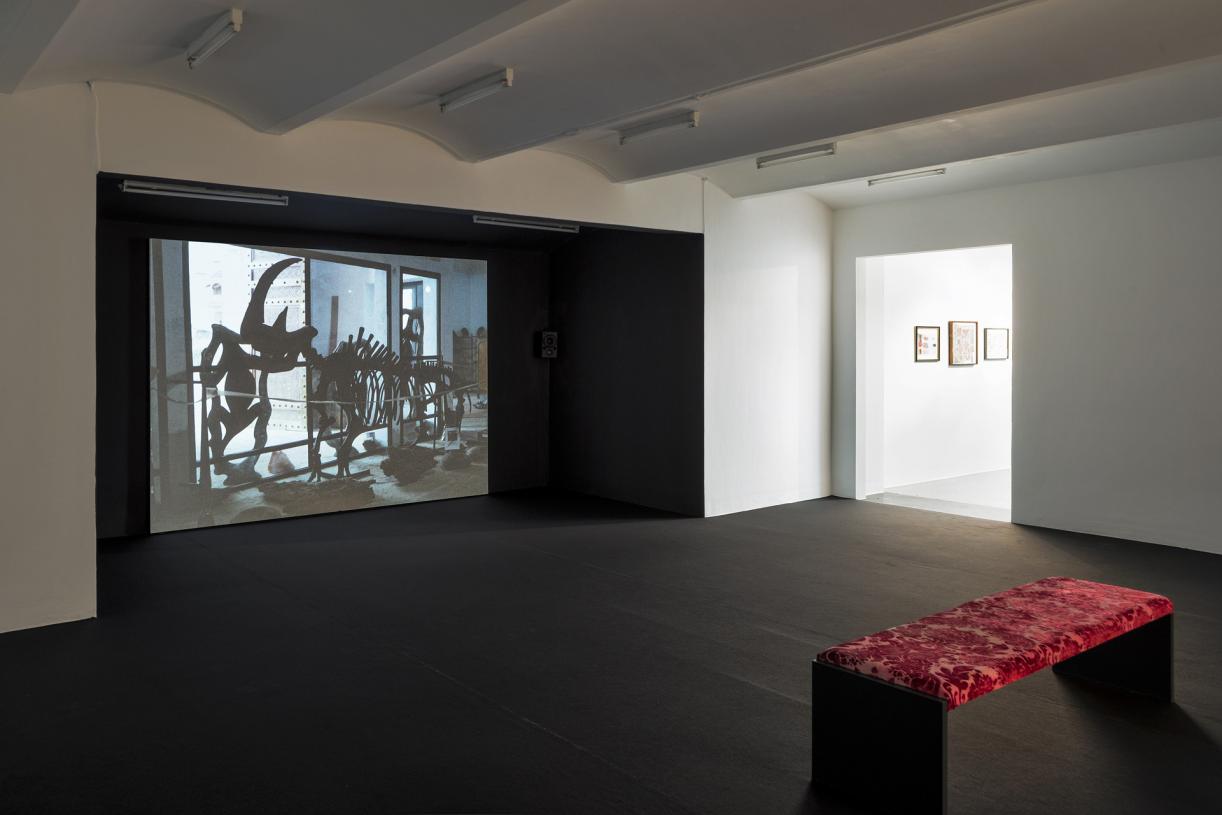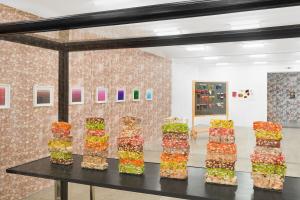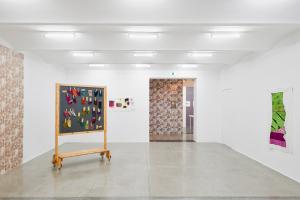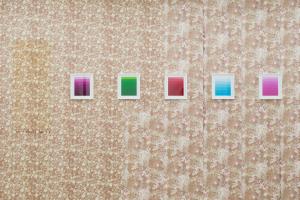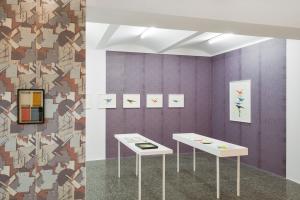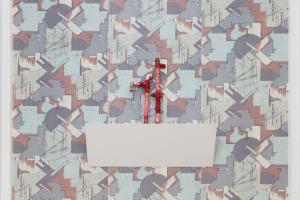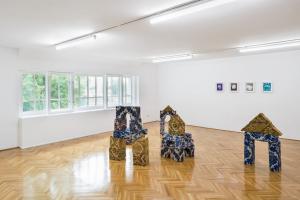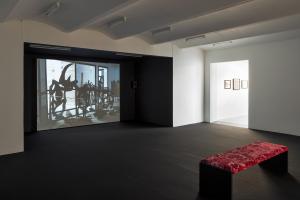Agadir, 2018-Barbican Centre
Agadir, 2018
For this commission presented at the Barbican Art Gallery, Yto Barrada took as her starting point the hybrid novel-play by Moroccan writer Mohammed Khaïr-Eddine - Agadir (1967) - which reflects on the devastating earthquake that destroyed much of the modernist city of Agadir, Morocco, in 1960. Weaving together personal narratives and political ideals, Barrada presented a complex portrait of a city in transition, resonating with many of the challenges we face in contemporary society.
Exhibition Views, Secession, Wien, 2016
The Sample Book, 2016
Yto Barrada’s exhibition The Sample Book (Secession, Wien, 2016) presented works built on the artist’s cycle Faux Guide and her study of fossils in Morocco.
During her research into Moroccan fossils, Barrada visited a neglected natural history museum, where she discovered a lithological chart, hand-painted by a geologist, in which subtle nuances of color and various fill patterns visualize the composition and age of the geological strata present in a given location. In Barrada’s eyes, the table brings together a wealth of themes that also intersect in her work: investigation, research, aesthetics, and pedagogy. How knowledge is imparted and, even more importantly, how learning as such takes place.
The sample books of the title are laid out in several glass cases: some months ago, the artist embarked on an extensive study of natural colorants and traditional dyeing techniques. Starting out with the idea of transposing the color code from the lithological table into different media such as photography and textiles, Barrada began by systematically testing dyes on materials including cotton, silk, and wool. She then arrayed the resulting hundreds of fabric swatches in accordance with a classification of their own and archived them in sample books.
The exhibition included a number of found objects as well as others made out of discarded materials that attest to Barrada’s embrace of the petty and neglected stuff of everyday life: Nest and Indigo (both 2016) exemplify her knack for discovering intimations of complex issues and meanings in the simplest things. Twigs wrapped in a strip of carpet and painted, a pickle jar filled with cobalt, both presented on simple wood pedestals held together by visible nails: these may be read as symbolic references to weaving and dyeing, to clothes as a protective shell, and thus ultimately to the cultural history of humankind. Nougat (2016) offers bars of the sweet (made from sugar or honey, nuts, and egg white) stained in different colors and stacked up in towers in a museum-style display glass case in yet another formal allusion to rock formations, museology, and the methods of scientific visualization.
